Membrane Transporter/Ion Channel
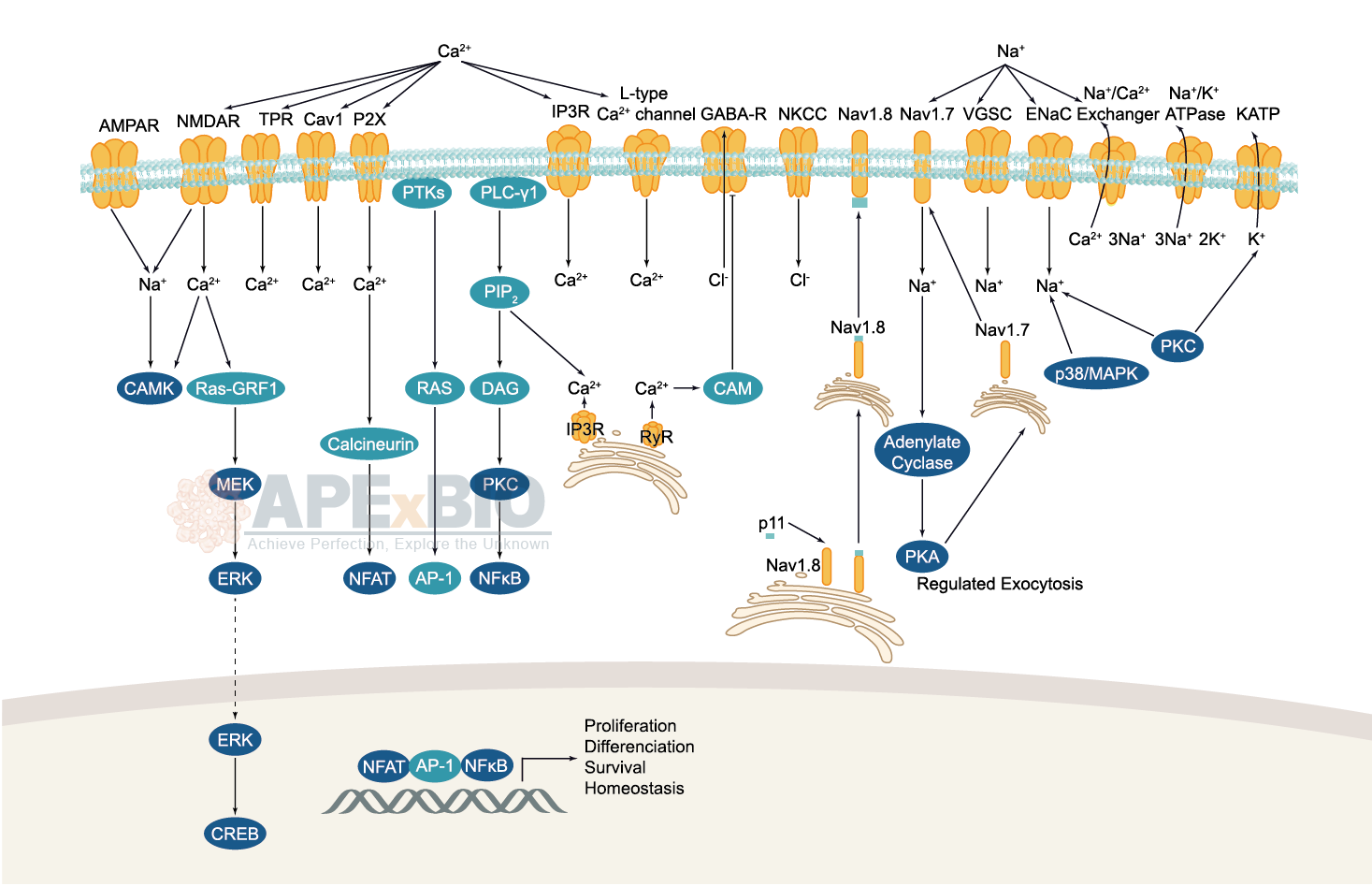
Ion channels are pore-forming membrane proteins which allow the flow of ions across the membrane. The ion channels can be broadly grouped into six families including calcium channels, chloride channels, potassium channels, sodium channels, gap junction proteins and porins. Not all ion channels are gated, such as certain type of K+ and Cl– channels, transient receptor potential superfamily of cation channels, the ryanodine receptors and the IP3 receptors, but most Na+, K+, Ca2+ and some Cl– channels are all gated by voltage. Ligand-gated channels are regulated in response to ligand binding (e.g. neurotransmitters signaling). These ligand-gated neurotransmitter receptors are known as ionotropic receptors. Various neurotransmitters couple to ionotropic receptors such as glutamate, acetylcholine, glycine, GABA, and serotonin.
-
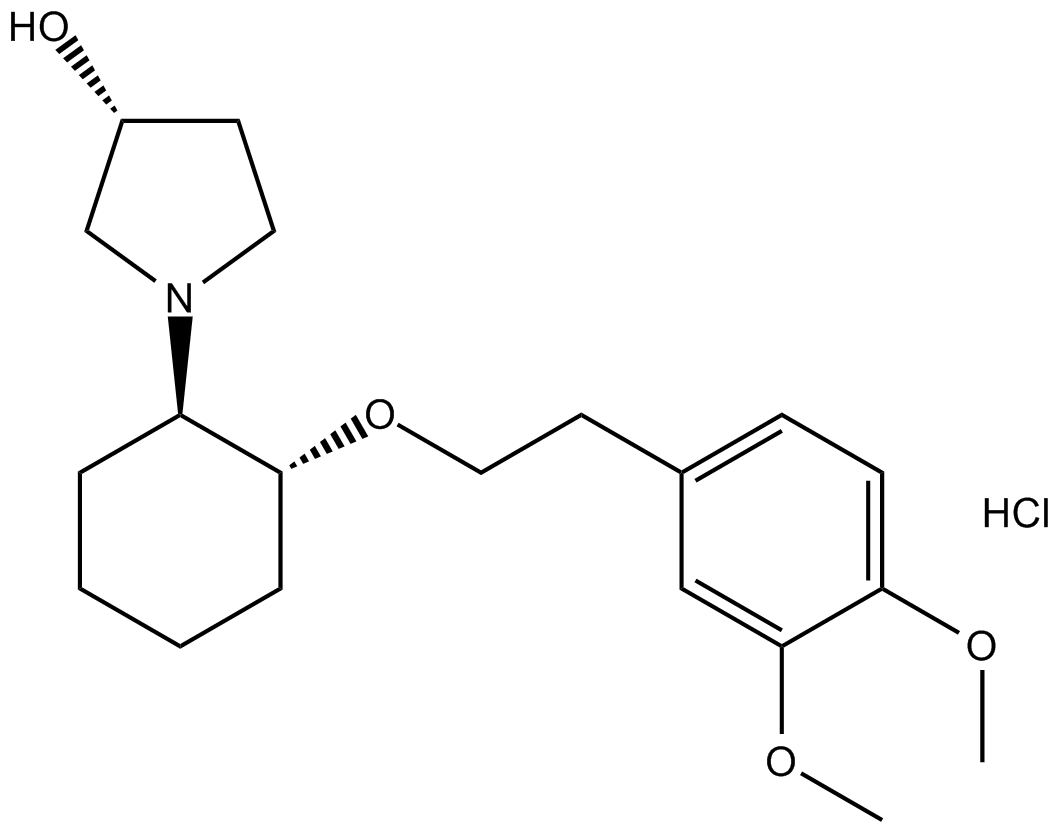 A3915 Vernakalant HydrochlorideSummary: Ion channel blocker,investigational antiarrhythmic
A3915 Vernakalant HydrochlorideSummary: Ion channel blocker,investigational antiarrhythmic -
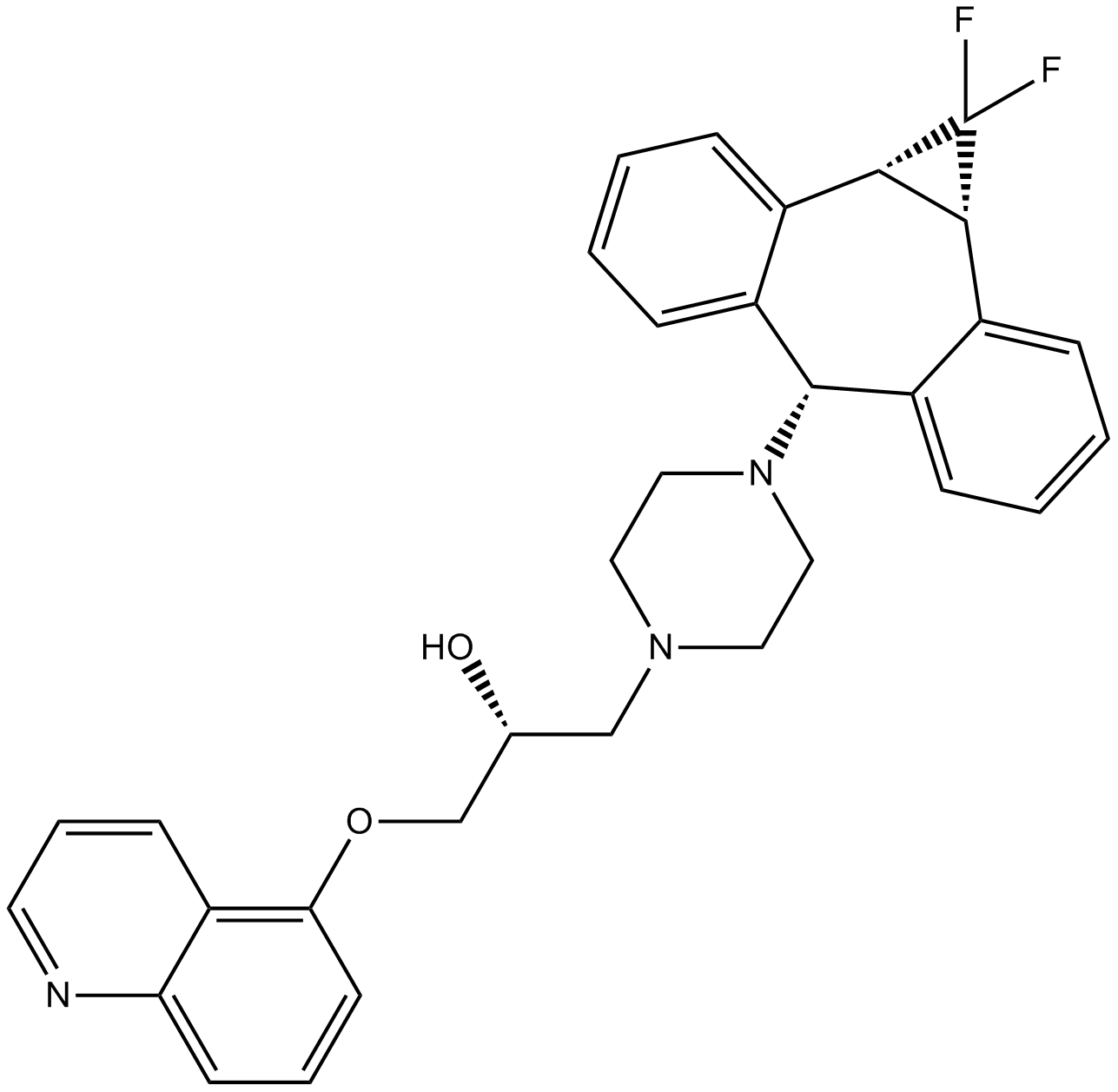 A3956 ZosuquidarTarget: P-glycoprotein (P-gp)|Cytochrome P450 (CYP450)Summary: MDR modulator
A3956 ZosuquidarTarget: P-glycoprotein (P-gp)|Cytochrome P450 (CYP450)Summary: MDR modulator -
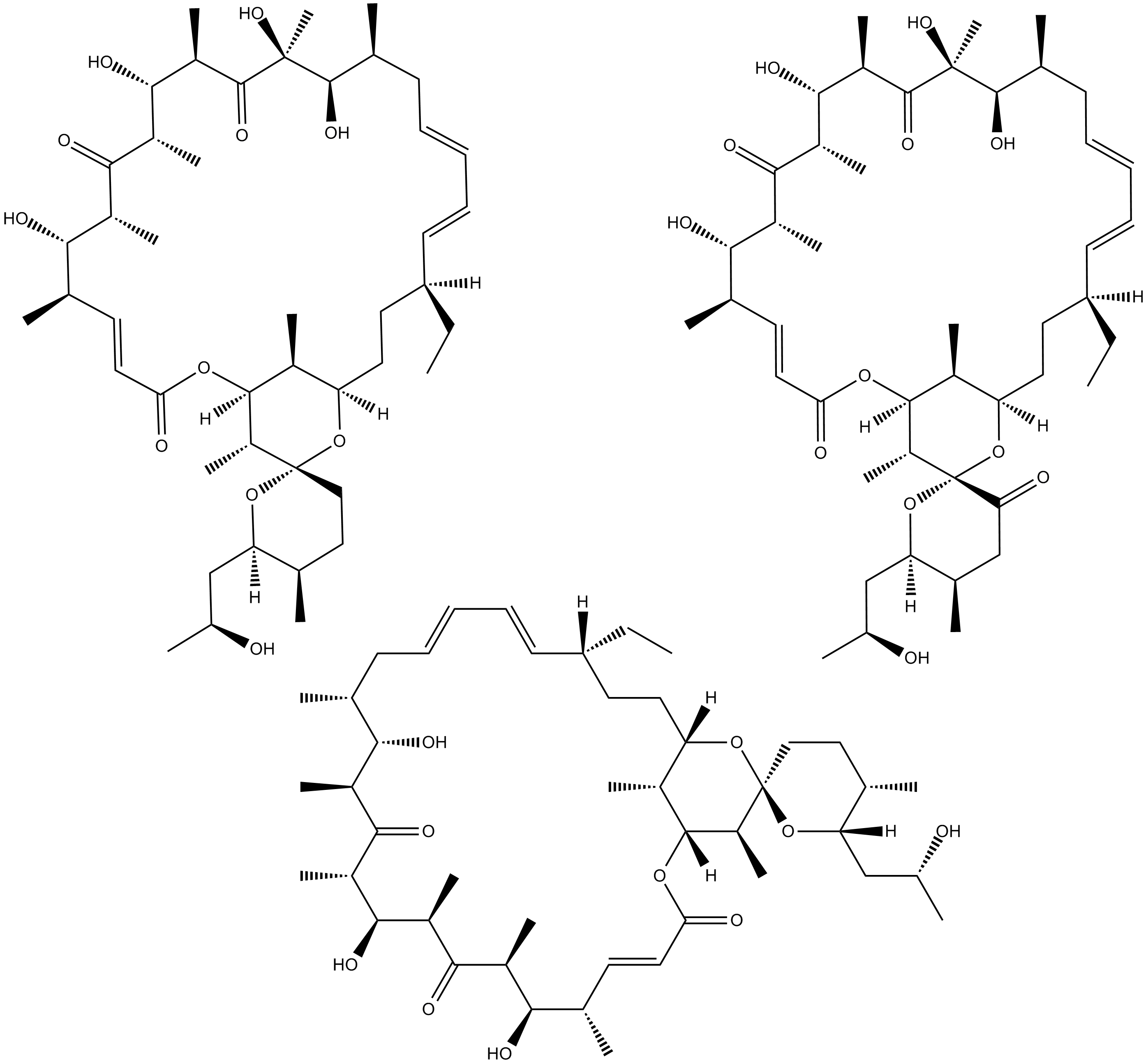 C3007 Oligomycin ComplexSummary: inhibits mitochondrial membrane-bound ATP synthases
C3007 Oligomycin ComplexSummary: inhibits mitochondrial membrane-bound ATP synthases -
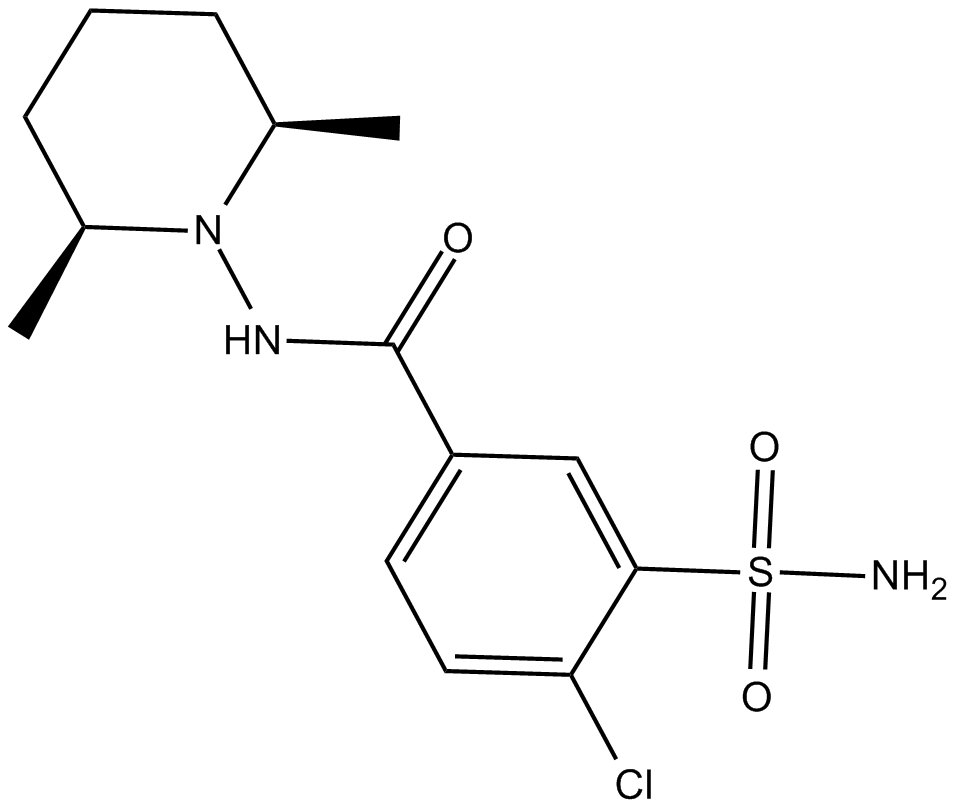 C3286 ClopamideSummary: sodium/chloride cotransporters inhibitor
C3286 ClopamideSummary: sodium/chloride cotransporters inhibitor -
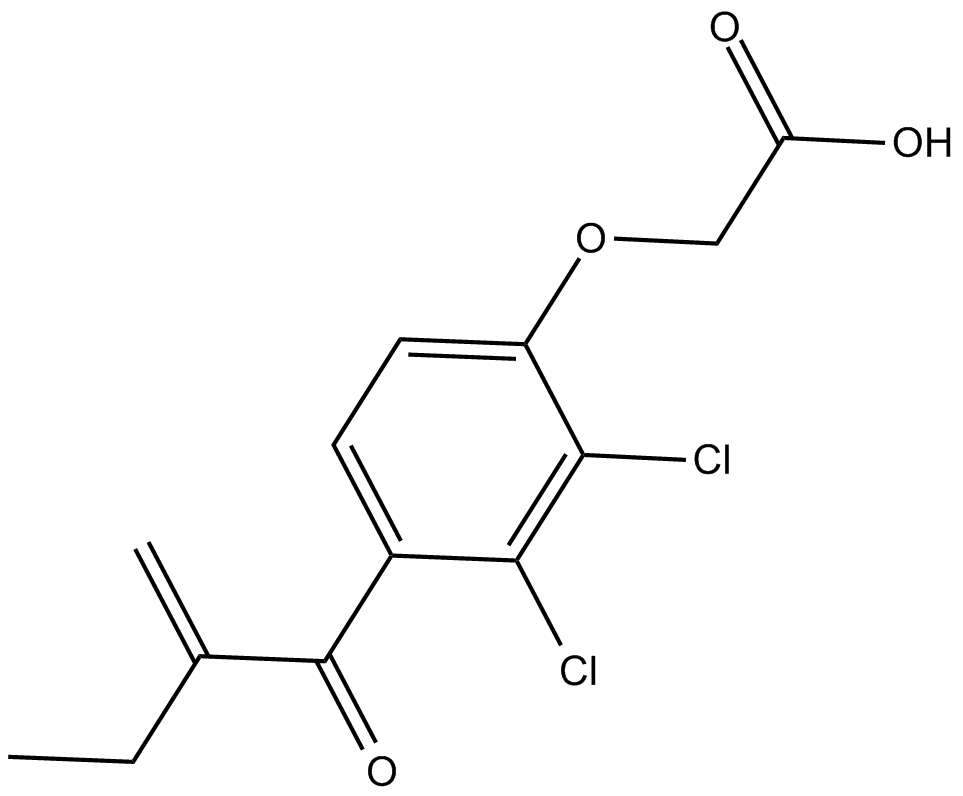 C4125 Ethacrynic AcidSummary: A loop diuretic that inhibits the Na+/K+/2Cl- cotransporter (NKCC2)
C4125 Ethacrynic AcidSummary: A loop diuretic that inhibits the Na+/K+/2Cl- cotransporter (NKCC2) -
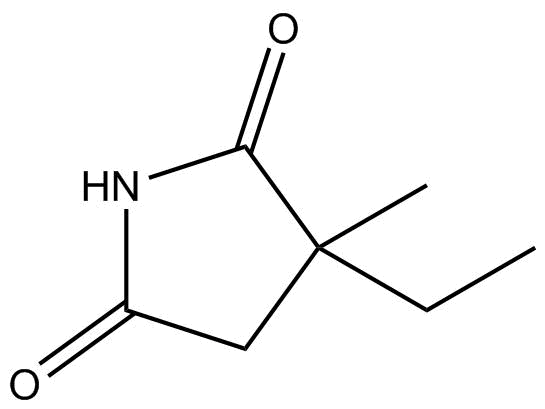 C6540 Ethosuximide
C6540 Ethosuximide -
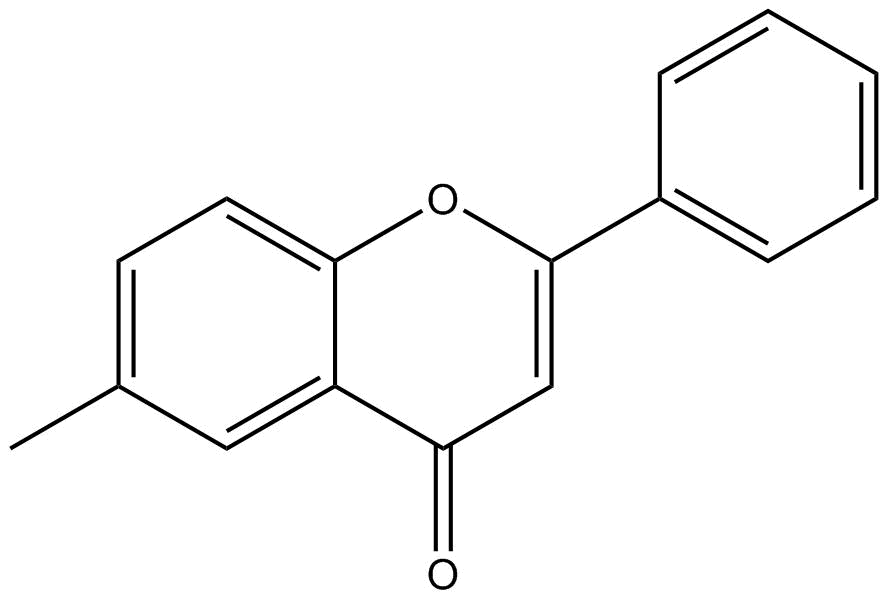 C6622 6-Methylflavone
C6622 6-Methylflavone -
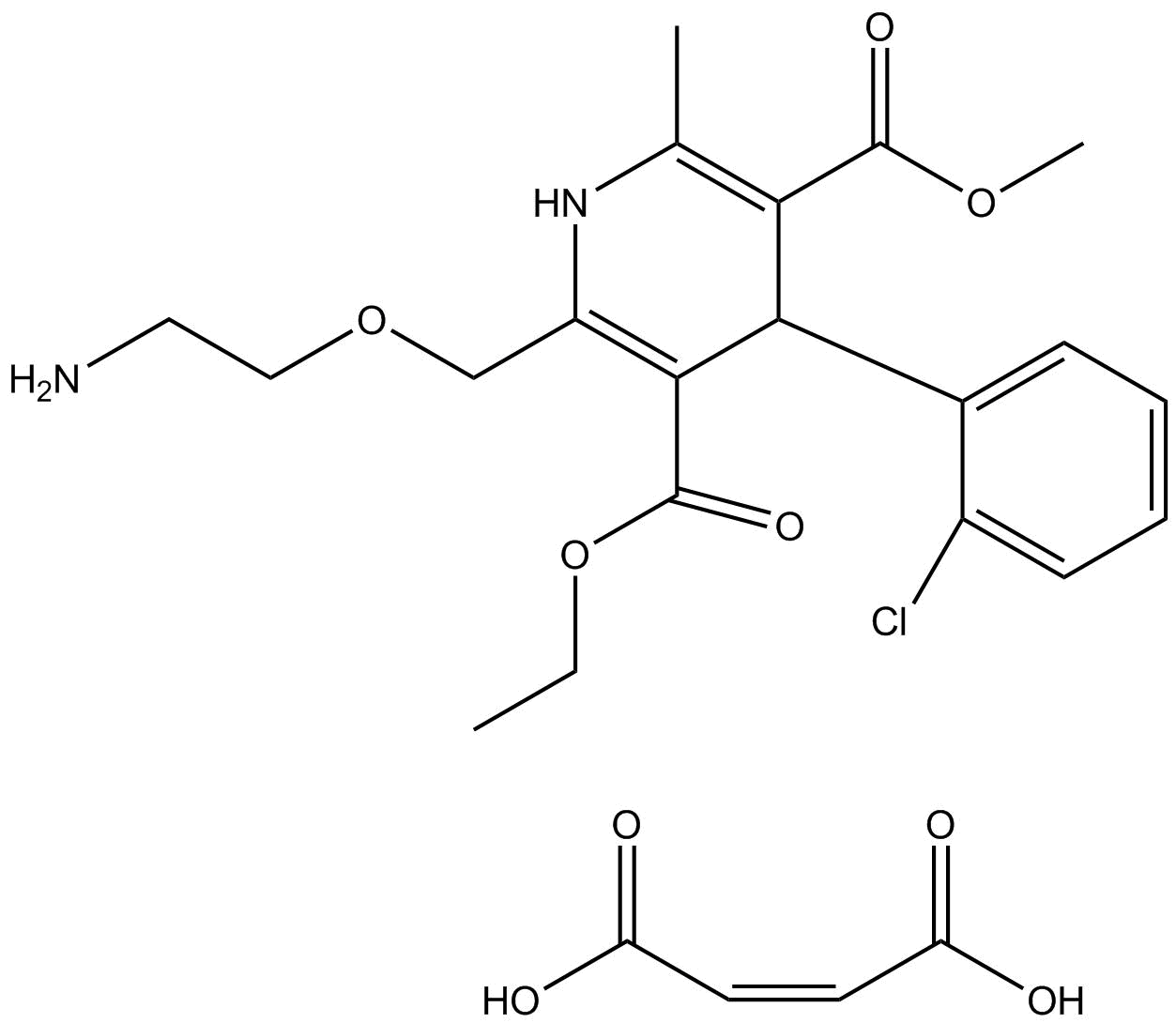 C6705 Amlodipine maleate
C6705 Amlodipine maleate -
 C6774 Menthol
C6774 Menthol -
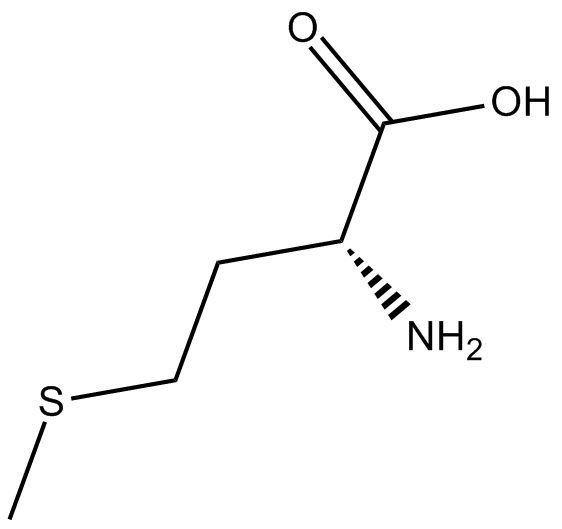 C6790 Methionine
C6790 Methionine

